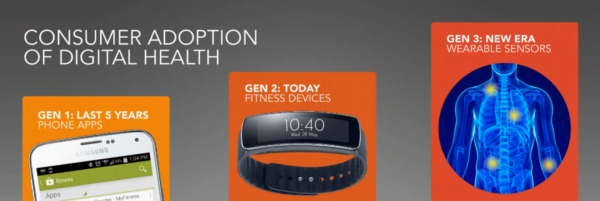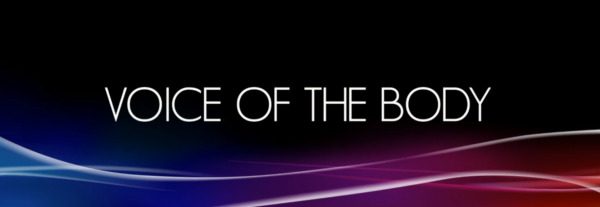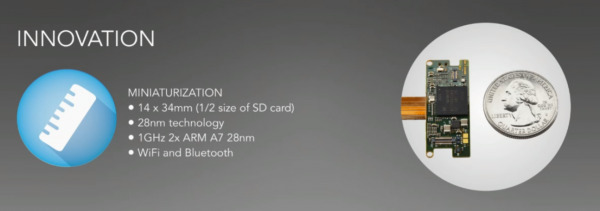Samsung SIMBAND: the third age of wearable devices
Today the Samsung SIMBAND sensor platform has been revealed to advance the world of health-centric wearable devices. Samsung President and CSO Young Sohn spoke up this week on the future of wearable devices and digital health. He suggested that the third age of consumer adoption of digital health is upon us, a new era in Wearable Sensors. "Why should we have to see a doctor," suggested Young Sohn, "when we're not feeling good?"
It's in the non-obtrusive health sensor universe that Samsung is making waves today. With the Samsung Strategy & Innovation Center, Young Sohn suggests that "this is the single greatest opportunity of our generation – to better understand our physical wellbeing through technology."

"Can we use these devices (Smartphones) to do more than just view the internet and send messages?" Young Sohn went on to suggest that "this is a big enough challenge that we [understand we] cannot work alone."

Issues Samsung has suggested that they'll need to overcome in the SIMBAND environment are as follows:
• Sensors
• Accuracy
• Insights
• Power consumption
• Privacy & security

You do not want a wearable device that dies on you halfway through the day. You do not want something that'll have to crawl under your skin. You DO want to make sure a wearable device has the ability to give you the data you want.

You DO want to make certain that even though a wearable device can find your body's data and keep it, like a bank. But like a bank, suggested Young Sohn, this wearable device does not OWN your data.
To develop a device like this, Samsung has revealed the Samsung SIMBAND sensor platform. This is not a consumer device, but an "Investigational Device" for the development of future devices.
The SIMBAND will be working with a new kind of battery charging solution called Shuttle Battery. Instead of taking your watch off to charge it, you'll charge the battery charger, then plug the battery charger up to the watch until the watch is charged.

The SIMBAND is made up of two parts – the first open reference sensor module, and the band (with display). This platform includes open mechanical design, open software, and open hardware.

The open reference sensor module works with advanced sensors from both Samsung and a number of partners. At the moment, this set of sensors is able to capture heart rate, heart rate variability, and temperature – and Samsung partners are working on expanding what you'll be able to read in the future.
Stay tuned as we continue to investigate – stick around the SlashGear Wearable tag portal for more!
